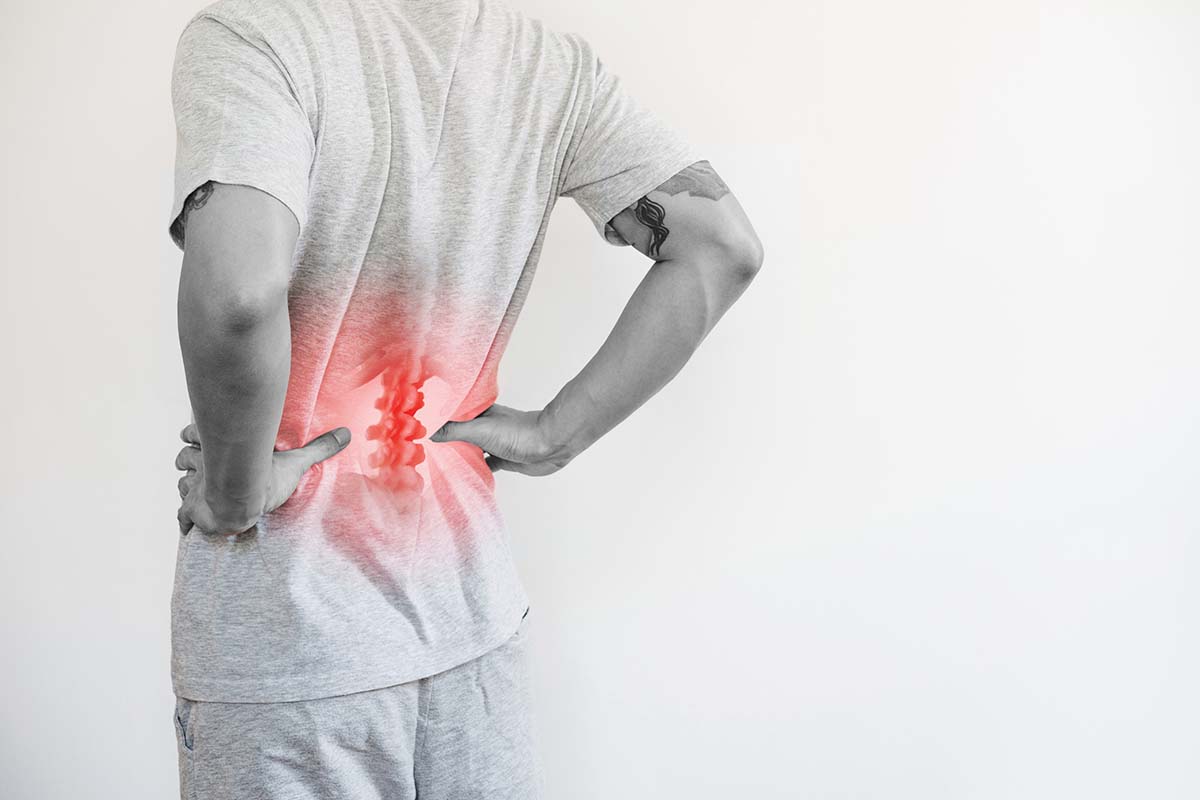The “Muscular Brace” Strategy for Lower Back Pain
By: Dr. Kevin McIntyre B.Kin., DC
Our last blog focused on finding a neutral spine position for patients with lower back pain to help settle down the symptoms. Again, this is not strict permanent advice for every movement you perform, but simply a strategy to help you stay mindful about your lower back and a way to assist in unloading the tissue from aggravating postures and movements. Our spines are designed to move, but when pain is present, it is sometimes a good idea to temporarily modify the regular recommendations.
Another strategy we can utilize when someone is experiencing lower back pain is a muscular brace. By doing this, we can continue to carry out day-to-day tasks without perpetuating or irritating painful symptoms. Instead of using a traditional back brace, we try and use our own muscles to provide that feeling of support and stability around the spine.
What is a muscular brace (abdominal bracing)?
Try this experiment; contract your abdominal muscles as if someone is about to punch you in the stomach. If you gently feel your lower back muscles while you do this, you should feel both the abdominal and lower back muscles contract.
The way we are “wired” is that our abdominals and our paraspinal muscles co-contract. In other words, if we tense our abdominal muscles, other muscles in our lower back happen to contract at the same time, providing muscular stability around the spine and supporting it. Don’t draw in your belly button or hollow out your core area, and don’t worry about your breathing. Keep it simple and just tense the abdominal area. After putting your spine in a “neutral” or comfortable position, try adding this strategy as a means of stabilizing the area and making it more resilient and tolerant of movements.
One way to illustrate the point is to imagine a hockey player skating down the ice and a player approaching them for a body check. It would be unwise for that hockey player to “go limp” before getting hit. They will tolerate the hit much better if they tense their core muscles (and as many muscles as they can, for that matter) to better tolerate the impact. Using a muscular brace with lower back pain is a similar concept. By activating the muscles in our abdomen, we also get an unintentional activation of the muscles in the lower back. When this happens, we benefit from a rigid muscular brace around the spine which may help to protect it during movements that may normally have the tendency to irritate symptoms.
Spine neutral and a muscular brace are not hard rules that we must always adhere to. They are merely a few tools in the toolbelt to help avoid the constant irritation and perpetuation of symptoms. If done properly, they quite often assist lower back pain patients in continuing on with day-to-day life and even vigorous exercise without any aggravation of pain. When the pain fades off, one can resume normal movement patterns without so much attention to these concepts.








